On February 14th, 19-year-old Nikolas Cruz woke up, seemingly did his regular morning routine, and later took an Uber to the Marjory Stoneman Douglas High School in Parkland, Florida, arriving at 2:19 pm EST. He then walked into the school and opened fire with an AR-15, killing 17 and wounding others.
In the following days and weeks, we will see a proliferation of case details, analysis, blaming and conjecture filling our social media and news feeds. We have much more to learn about this gunman, his motivations and the internal conflicts that drove him to this act. It is thus premature to offer a comprehensive profile of the contributing risk factors that led to this event, but of this we can be certain: the concepts of Engagement and Leakage would have likely helped mitigate this situation if understood and acted on.
Engagement – In the arena of violence risk assessment and threat management, when we speak of engagement, we are referring to the process of closing emotional and social distance to the person of concern – getting close to them and remaining close enough that we can assess, monitor, and redirect their trajectory on a possible pathway to violence.
This can be counter-intuitive. They typical instinct for organizations or individuals, once a concerning person is identified, is to create distance as quickly and as far as possible – fire that guy; walk him off the premises; cut him off social media; etc. For most of our social interactions, this is a decent strategy that works well, as eventually, unwanted people go away. Yet, for the person who may be on a trajectory of violence and cannot move beyond a held grievance, the threat assessor needs to do the opposite – the threat must be engaged. That engagement can occur directly in the form of contact by phone, email, social media, or in person; or it can occur indirectly in the form of monitoring through social media, collateral interviews, surveillance, and other means. As a threat manager, one of the most difficult actions to convince an organization to do is allow us to engage a person of concern that they simply want to “go away.”
There were multiple opportunities when engagement with Cruz may have worked. Cruz began to show conduct problems from an early age including animal cruelty, vandalism, fighting, anger outbursts and other petty offenses. In his mid-teens, he became increasingly isolated from friends and family and began showing a fascination with guns and knives. At age 17 he was expelled from school, and soon after lost his mother to pneumonia (his father died 12 years earlier), leading him to be taken in by a friend’s family who by all appearances tried to support him.
There were warning signs at school as well. A fellow classmate from grade school, Dakota Mulcher, told the Washington Post that Cruz began acting strangely in his later teen years, and he expressed the understandable (but wrong) reflex to disengage those who are disenfranchised by our schools,
“When someone is expelled, you don’t really expect them to come back,” Mutchler said. “But, of course, he came back.” The administration also had concerns. A math teacher of Cruz’s during his last year, Jim Gard, noted that an email was sent by the school administration with vague suggestions of concern, asking teachers to monitor Cruz.
Yet, once Cruz was expelled he fell off the radar. Hindsight is easy, but we can learn from it. When organizations have serious enough concerns about someone that they must disenfranchise through expulsion at school, or termination at work, those organizations must seriously consider what degree of engagement or disengagement is warranted. The degree of engagement can range from intensive if warranted, but it can also be as simple as monthly or quarterly phone calls to check in with the person of concern to gauge how they are coping, see how the school or administration can assist the individual to move his life forward, and help prevent him from remaining fixated on looking backward with a sense of grievance, rage, and blame. The goal is to maximize the chance this person continues to look forward with optimism to their next opportunity.
The problem with engagement is that is cannot be done easily on the quick; it takes time for trust, credibility, and openness to develop. Engagement is like raising crops, you have to plant the seed relatively early, fertilize the relationship over time, and only then can you pick the fruits of your labor by having a real impact in helping the person grow (or redirect) in the right direction.
Leakage is the entry point into a threat management case.
Leakage – This concept simply refers to the tendency of predatory attackers to communicate their intentions to harm others to third parties (who are not the intended target). Leakage often occurs in the form of direct communication and for teenagers through social media, but these intentions can also be expressed through drawings and other media. Leakage is the “canary in the coal mine” that informs others that something isn’t right, something is off with this person. The would-be perpetrator is not likely to betray their intentions to the direct targets, but due to their sense of inadequacy and narcissism they desire to be heard, acknowledged, and respected and thus engage in leakage to get their message out. Thus, leakage is usually how we find out about a threat concern, and is the entry point into a threat management case.
When considering school shootings, the best source of detecting leakage is through peers. Teenagers talk, they share, they divulge – it’s rooted in the adolescent hormonal DNA to act on that egocentric need to be seen, heard, and recognized. We can use that to our advantage. If you are not engaging your kids, your students, you are losing out on the single best way to detect early warning signs that can be addressed upstream before someone moves further along a trajectory of violence. To do that, a culture of trust needs to occur, with clear communication protocols that should be anonymous in nature – kids, and adults. too, are far less likely to share a concern if they expect blow-back. Remember, the goal is to encourage disclosure and sharing, not to identify the whistle-blower.
Cruz regularly talked about his anger, his animal cruelty, and his racist views. He routinely expressed his rage, hatred, obsession with violent ideation, and fascination with weapons on social media postings. In comments to violent YouTube videos, he expressed direct threats which fall into the leakage arena: “I wanna shoot people with my AR-15”; “I wanna die Fighting killing s**t ton of people”. In September 2017 he responded to a Vlog post “I’m going to be a professional school shooter.” This was reported to the FBI and it remains unclear to what extent this was investigated. There is no report that this threat was communicated to the school officials or that anyone tried to more deeply engage Cruz – which if not was a massive failure in using this leakage to mobilize a proactive response to this troubled man.
Engagement and Leakage go hand-in-hand. Leakage is our entry path to identifying a potentially troubled person, and engagement allows us to leverage our relationship with that person to assess, support, and redirect their violent intentions. With Nikolas Cruz, we had plenty of leakages to pick up on that at the very least conveyed he may be on a trajectory of violence. Yet, it appeared that after the death of his mother, there were just very few points of engagement – no one who had a sustained relationship to him to reach out and engage him.
School and workplace shootings, like all human violence, are complex problems that require comprehensive and complex understanding and solutions. Yet, when we see patterns, again and again, we can learn from those and use those to improve our interventions. Leakage and Engagement (or lack of engagement) are ubiquitous factors we see in case after case of both school and workplace mass shootings. It’s time we educate ourselves about these factors, and creatively find ways to use them to our advantage to better identify and engage troubled individuals on a trajectory of violence early on, so that we can better redirect those intentions to more prosocial and non-violent resolution.






